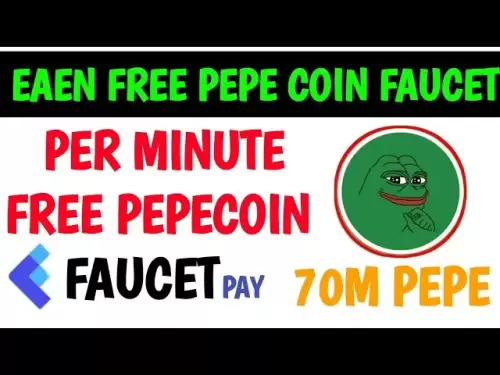-
 Bitcoin
Bitcoin $117500
2.04% -
 Ethereum
Ethereum $3759
3.02% -
 XRP
XRP $3.171
3.30% -
 Tether USDt
Tether USDt $1.000
0.03% -
 BNB
BNB $782.4
2.52% -
 Solana
Solana $187.2
5.62% -
 USDC
USDC $0.0000
0.02% -
 Dogecoin
Dogecoin $0.2380
5.26% -
 TRON
TRON $0.3175
1.07% -
 Cardano
Cardano $0.8227
4.03% -
 Hyperliquid
Hyperliquid $44.50
5.44% -
 Sui
Sui $4.020
10.07% -
 Stellar
Stellar $0.4396
6.28% -
 Chainlink
Chainlink $18.32
4.55% -
 Hedera
Hedera $0.2628
10.71% -
 Bitcoin Cash
Bitcoin Cash $554.8
4.90% -
 Avalanche
Avalanche $24.20
4.60% -
 Litecoin
Litecoin $113.7
2.31% -
 Shiba Inu
Shiba Inu $0.00001413
5.99% -
 UNUS SED LEO
UNUS SED LEO $8.984
0.11% -
 Toncoin
Toncoin $3.326
7.22% -
 Ethena USDe
Ethena USDe $1.001
0.00% -
 Uniswap
Uniswap $10.49
4.56% -
 Polkadot
Polkadot $4.092
4.02% -
 Monero
Monero $326.6
1.30% -
 Dai
Dai $1.000
-0.01% -
 Bitget Token
Bitget Token $4.570
2.49% -
 Pepe
Pepe $0.00001267
5.10% -
 Aave
Aave $297.3
3.10% -
 Cronos
Cronos $0.1344
4.10%
How to use the volatility smile curve to predict the option strike price competition area?
The volatility smile curve helps traders predict competitive strike prices by showing implied volatility across different strikes for a given expiration date.
Jun 06, 2025 at 01:01 pm
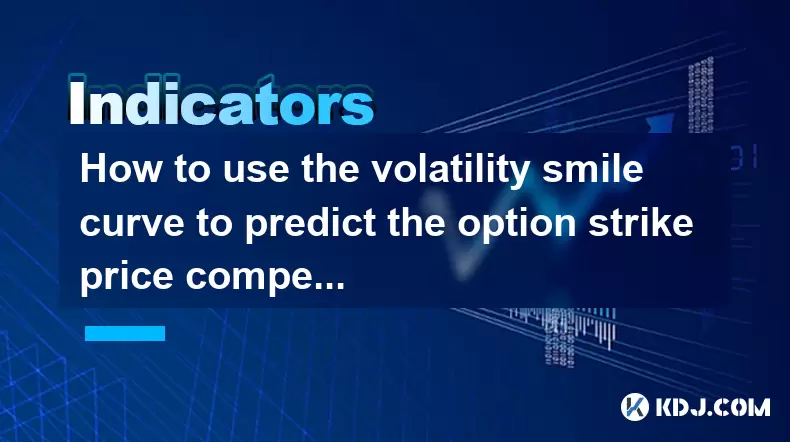
The volatility smile curve is a graphical representation that shows the implied volatility of options across different strike prices for a given expiration date. It is called a "smile" because the curve often takes the shape of a smile, with higher implied volatilities for options that are deep in-the-money or deep out-of-the-money, and lower implied volatilities for at-the-money options. Understanding and utilizing the volatility smile curve can provide valuable insights into the option strike price competition area, helping traders predict where the most competitive strike prices might be.
Understanding the Volatility Smile Curve
The volatility smile curve is a crucial tool for options traders. It reflects the market's expectation of future volatility and can vary depending on the asset and market conditions. To effectively use the volatility smile curve, traders must first understand its components:
- Implied Volatility: This is the market's forecast of a likely movement in the underlying asset's price. It is derived from the option's market price using an option pricing model like the Black-Scholes model.
- Strike Price: The price at which the option can be exercised. The volatility smile curve plots implied volatility against various strike prices.
- Expiration Date: The date on which the option expires. The shape of the volatility smile can change as the expiration date approaches.
By analyzing the volatility smile curve, traders can identify areas where implied volatility is high or low, which can indicate where the market expects significant price movements.
Identifying the Option Strike Price Competition Area
To predict the option strike price competition area using the volatility smile curve, traders need to focus on the regions of the curve where implied volatility is significantly higher or lower than the average. These regions indicate where the market anticipates more volatility, which can lead to increased competition among traders for those strike prices.
- High Implied Volatility: Areas with high implied volatility suggest that the market expects larger price swings. Traders might compete more aggressively for options at these strike prices because they offer potentially higher returns.
- Low Implied Volatility: Conversely, areas with low implied volatility indicate that the market expects less movement. These strike prices might see less competition, but they could also be overlooked opportunities for traders looking for stability.
Steps to Analyze the Volatility Smile Curve
Analyzing the volatility smile curve involves several steps to identify the option strike price competition area:
- Gather Data: Collect data on implied volatilities for a range of strike prices for the same expiration date. This data can be obtained from financial data providers or trading platforms.
- Plot the Curve: Use charting software to plot the implied volatility against the strike prices. This will create the volatility smile curve.
- Identify Key Points: Look for peaks and troughs in the curve. Peaks indicate high implied volatility, while troughs indicate low implied volatility.
- Compare with Historical Data: Compare the current volatility smile curve with historical data to understand how the market's expectations have changed over time.
- Assess Market Sentiment: Consider the overall market sentiment and any upcoming events that might affect the underlying asset's price, as these can influence the shape of the volatility smile.
Using the Volatility Smile Curve to Predict Strike Price Competition
Once the volatility smile curve is analyzed, traders can use it to predict where the most competitive strike prices might be. Here’s how:
- Focus on Peaks: The peaks in the volatility smile curve indicate where the market expects the most significant price movements. These strike prices are likely to see the most competition among traders.
- Evaluate Risk-Reward: Consider the risk-reward ratio for options at these strike prices. High implied volatility often means higher potential returns but also higher risk.
- Monitor Changes: Keep an eye on how the volatility smile curve changes over time, as shifts can signal changes in market expectations and strike price competition areas.
Practical Example of Using the Volatility Smile Curve
Let’s walk through a practical example of how to use the volatility smile curve to predict the option strike price competition area:
- Scenario: You are trading options on a cryptocurrency like Bitcoin with an expiration date one month from now.
- Data Collection: You gather data on implied volatilities for Bitcoin options with strike prices ranging from $20,000 to $40,000.
- Plotting the Curve: You plot the implied volatility against the strike prices and observe a distinct smile shape, with peaks at $25,000 and $35,000.
- Analysis: The peaks at $25,000 and $35,000 indicate high implied volatility, suggesting that the market expects significant price movements around these levels.
- Prediction: Based on this analysis, you predict that the strike prices of $25,000 and $35,000 will be the most competitive areas for Bitcoin options trading.
Incorporating the Volatility Smile into Trading Strategies
Traders can incorporate the insights from the volatility smile curve into their trading strategies to enhance their decision-making process:
- Option Selection: Choose options at strike prices with high implied volatility for potentially higher returns, or select options at strike prices with low implied volatility for more stability.
- Hedging: Use the volatility smile curve to identify strike prices for hedging strategies. Options with high implied volatility can be used to hedge against significant price movements.
- Portfolio Diversification: Diversify your options portfolio by including options at various strike prices along the volatility smile curve to spread risk.
FAQs
Q1: How often should the volatility smile curve be analyzed?
The frequency of analyzing the volatility smile curve depends on the trader's strategy and market conditions. For short-term traders, daily analysis might be necessary, while longer-term traders might analyze it weekly or monthly.
Q2: Can the volatility smile curve be used for all types of options?
Yes, the volatility smile curve can be used for all types of options, including call options, put options, and various underlying assets such as stocks, commodities, and cryptocurrencies.
Q3: How does the volatility smile curve differ across different expiration dates?
The shape of the volatility smile curve can vary significantly across different expiration dates. Shorter-term options tend to have more pronounced smiles due to higher uncertainty about near-term price movements, while longer-term options might exhibit flatter curves.
Q4: What other factors should be considered alongside the volatility smile curve?
In addition to the volatility smile curve, traders should consider factors such as the underlying asset's price, market trends, news events, and overall market sentiment to make well-informed trading decisions.
Disclaimer:info@kdj.com
The information provided is not trading advice. kdj.com does not assume any responsibility for any investments made based on the information provided in this article. Cryptocurrencies are highly volatile and it is highly recommended that you invest with caution after thorough research!
If you believe that the content used on this website infringes your copyright, please contact us immediately (info@kdj.com) and we will delete it promptly.
- Bitcoin Mining Goes Mobile: Apps & Strategies for Earning in 2025
- 2025-07-27 00:50:12
- Altcoins Primed for a 2025 Takeover: Undervalued Cryptos to Watch
- 2025-07-27 00:50:12
- Blockchain, Stocks, and Gold: A New Era of Financial Integration
- 2025-07-27 00:30:12
- IOTA Price and the Compliance Drive: How Institutional Adoption is Shaping the Future
- 2025-07-27 00:30:12
- XRP Price Swings, Unilabs Listing Heats Up, and Utility Coins Take Center Stage: What's the Buzz?
- 2025-07-26 23:30:12
- Ethereum Meme Coins: Can Punisher Coin Deliver 55x Gains?
- 2025-07-26 22:50:12
Related knowledge
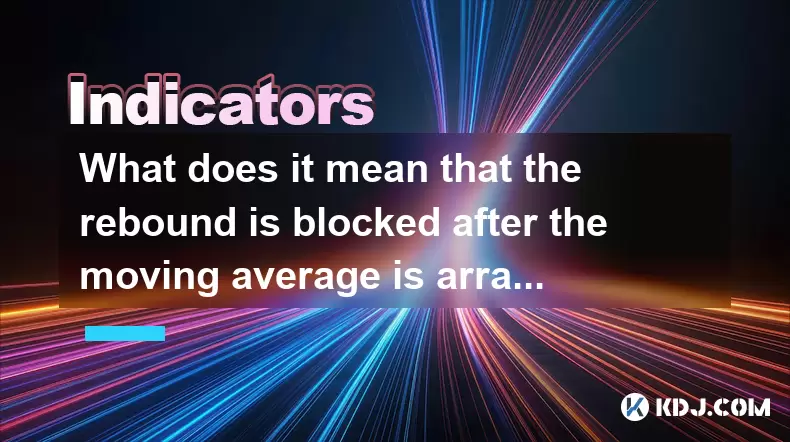
What does it mean that the rebound is blocked after the moving average is arranged in a short position for the first time?
Jul 26,2025 at 10:51am
Understanding the Short-Term Moving Average ConfigurationWhen traders refer to a 'short position arrangement' in moving averages, they are describing ...
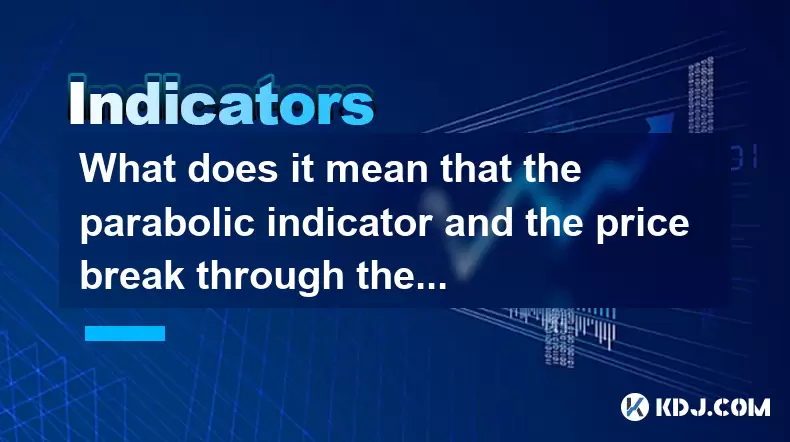
What does it mean that the parabolic indicator and the price break through the previous high at the same time?
Jul 26,2025 at 07:22pm
Understanding the Parabolic Indicator (SAR)The Parabolic SAR (Stop and Reverse) is a technical analysis tool developed by J. Welles Wilder to identify...
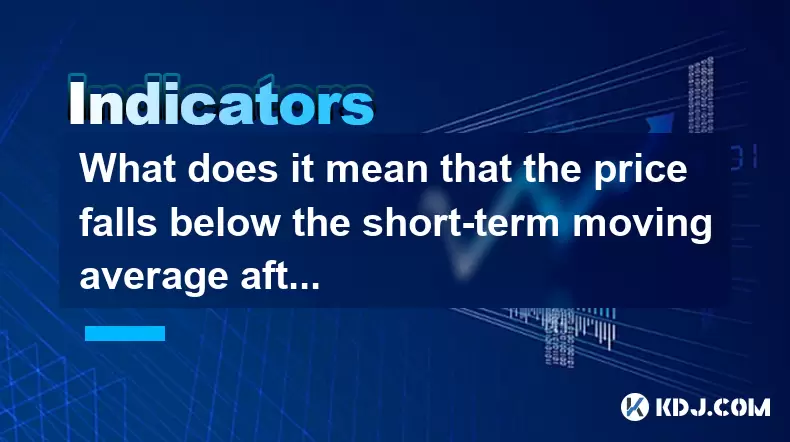
What does it mean that the price falls below the short-term moving average after the RSI top divergence?
Jul 26,2025 at 11:01pm
Understanding RSI Top Divergence in Cryptocurrency TradingThe Relative Strength Index (RSI) is a momentum oscillator widely used in cryptocurrency tra...
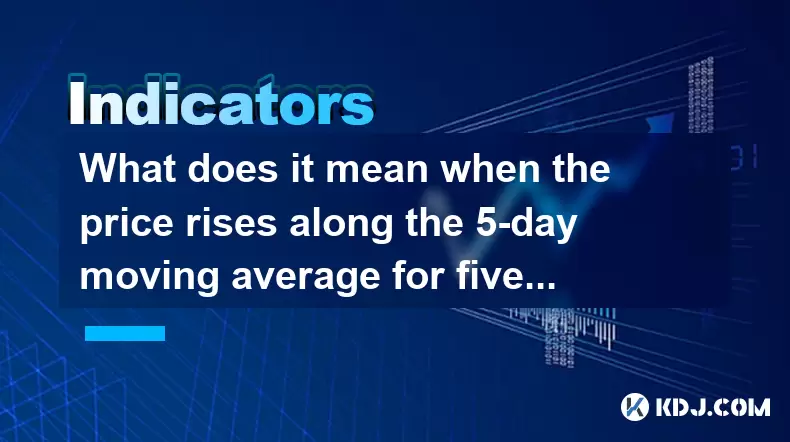
What does it mean when the price rises along the 5-day moving average for five consecutive days?
Jul 26,2025 at 08:07am
Understanding the 5-Day Moving Average in Cryptocurrency TradingThe 5-day moving average (5DMA) is a widely used technical indicator in cryptocurrency...
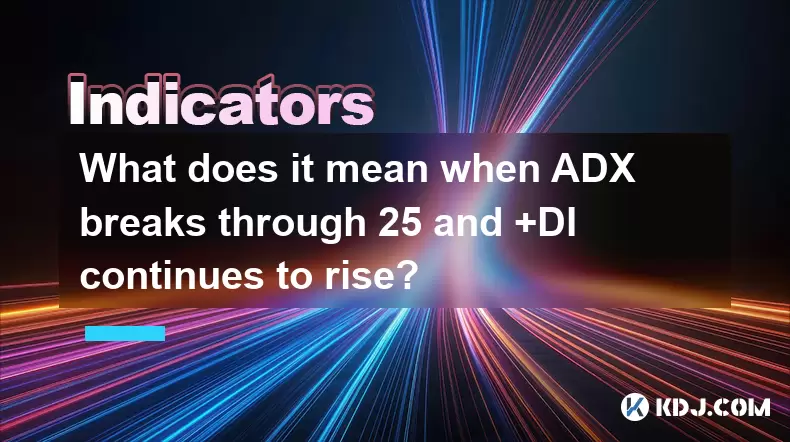
What does it mean when ADX breaks through 25 and +DI continues to rise?
Jul 26,2025 at 07:00pm
Understanding the ADX Indicator and Its ThresholdsThe Average Directional Index (ADX) is a technical analysis tool used to measure the strength of a t...
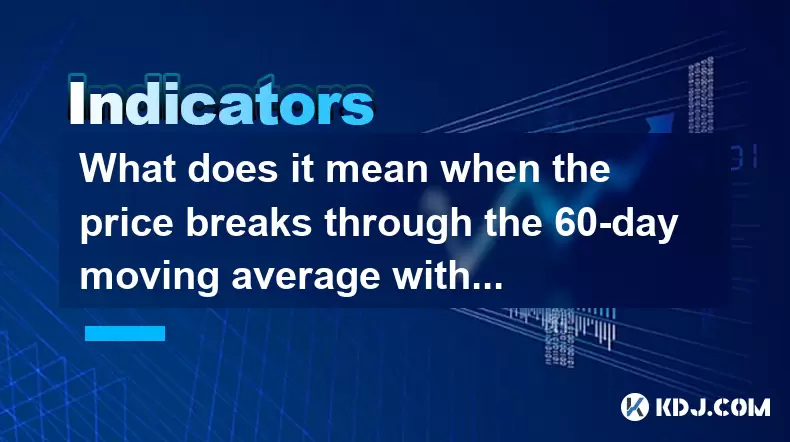
What does it mean when the price breaks through the 60-day moving average with a large volume but shrinks the next day?
Jul 26,2025 at 06:01am
Understanding the 60-Day Moving Average in Cryptocurrency TradingThe 60-day moving average (60DMA) is a widely used technical indicator in the cryptoc...

What does it mean that the rebound is blocked after the moving average is arranged in a short position for the first time?
Jul 26,2025 at 10:51am
Understanding the Short-Term Moving Average ConfigurationWhen traders refer to a 'short position arrangement' in moving averages, they are describing ...

What does it mean that the parabolic indicator and the price break through the previous high at the same time?
Jul 26,2025 at 07:22pm
Understanding the Parabolic Indicator (SAR)The Parabolic SAR (Stop and Reverse) is a technical analysis tool developed by J. Welles Wilder to identify...

What does it mean that the price falls below the short-term moving average after the RSI top divergence?
Jul 26,2025 at 11:01pm
Understanding RSI Top Divergence in Cryptocurrency TradingThe Relative Strength Index (RSI) is a momentum oscillator widely used in cryptocurrency tra...

What does it mean when the price rises along the 5-day moving average for five consecutive days?
Jul 26,2025 at 08:07am
Understanding the 5-Day Moving Average in Cryptocurrency TradingThe 5-day moving average (5DMA) is a widely used technical indicator in cryptocurrency...

What does it mean when ADX breaks through 25 and +DI continues to rise?
Jul 26,2025 at 07:00pm
Understanding the ADX Indicator and Its ThresholdsThe Average Directional Index (ADX) is a technical analysis tool used to measure the strength of a t...

What does it mean when the price breaks through the 60-day moving average with a large volume but shrinks the next day?
Jul 26,2025 at 06:01am
Understanding the 60-Day Moving Average in Cryptocurrency TradingThe 60-day moving average (60DMA) is a widely used technical indicator in the cryptoc...
See all articles

























